Bouldering Tactics 101: Overlapping Links (Video)
Having spent several recent months bouldering outside, I've noticed a distinct pattern in how most of you are approaching boulder problems. Either you're practicing in some outdated ground-up ethical stronghold, you believe that every attempt might be THE ONE, or you just plain don’t know any better. You start at the bottom, battle through the 5 or 6 hard moves, only to pitch off of the low percentage exit move that you've NEVER DONE.
Why? It's a trap. An easily avoidable trap.
Boulders require tactics, too.
The concept is simple. Rather than spend the energy required to get through the difficult crux again, only to launch yourself haphazardly through a move you don't yet understand, start in the middle of the boulder. You're saving skin. You're saving energy. You're keeping the psyche. Tactics! If necessary and possible, have a friend power spot you through the crux. Now you can focus your energy on learning the movement required to stick the low percentage exit, or figure out exactly where your heel should sit on that slippery southern sloper in order to rock over it. Even if you're as dense as Grampians sandstone, your body is pretty smart, and will absorb the subtleties after you've done the move a few times.
But like I said, it's a trap. It can't be this simple. There must be a greater evil at play here.
When we get geographically close to the top of a boulder, we believe that means we're close to the send. Sometimes yes. Oftentimes, no. If you've taken the digger from the top four or five times already, then it should be clear that there is still work to be done.
This is where you have to battle your ego. Be patient. Accept that you have more to learn.
Then go learn it. Start in the middle. Get a power spot. Be tactical. Be smart.
Soon you'll be pulling pads and moving on to the next boulder, leaving everyone else to keep falling off of that damned exit move.

This week we're watching In Sequence: Katie Lamb and the Craft of Hard Bouldering from Patagonia Films!
Kris and Nate discuss the new climbing film, Soudain Seul, and lessons from it that we can use in our own climbing.
100 Boulders and Mango Tango: Kerry Scott gets after it. Consistently.
Improvement comes from challenges, not from the number they are given. If you focus on being challenged and trying hard, then the numbers will follow.
When we get geographically close to the top of a boulder, we believe that means we're close to the send. Sometimes, yes. But oftentimes, no.
Dark Horse. Climber's Climber. Undercover Crusher. Whatever you want to call it, today's guest Brian Antheunisse may be it.
Jon Glassberg recently wrote in a blog that, “Climbing double digits is an attainable goal for any serious climber.” We agree.
How can we make better use of our working goes in order to send hard things faster?
Implementing this one simple thing can result in big performance gains in your climbing, no matter what level you’re at.
Become a better boulderer by learning to avoid these three common mistakes that many beginners are making.
Using one simple question, we can continue to progress and move past the common bottlenecks in grading.
A climber since 1994, Kris was a traddie for 12 years before he discovered the gymnastic movement inherent in sport climbing and bouldering. Through dedicated training and practice, he eventually built to ascents of 5.14 and V11.
Kris started Power Company Climbing in 2006 as a place to share training info with his friends, and still specializes in working with full time "regular" folks. He's always available for coaching sessions and training workshops.

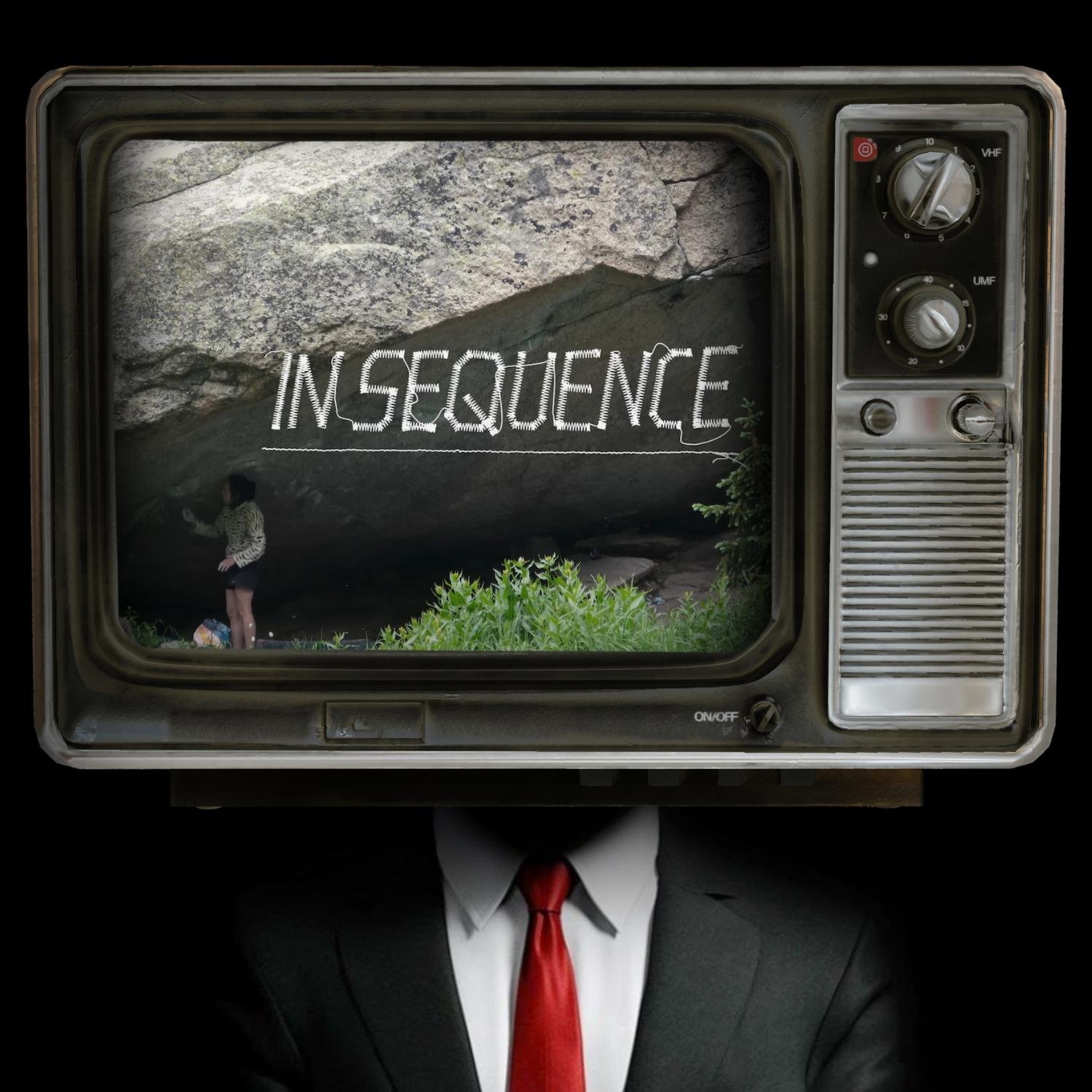
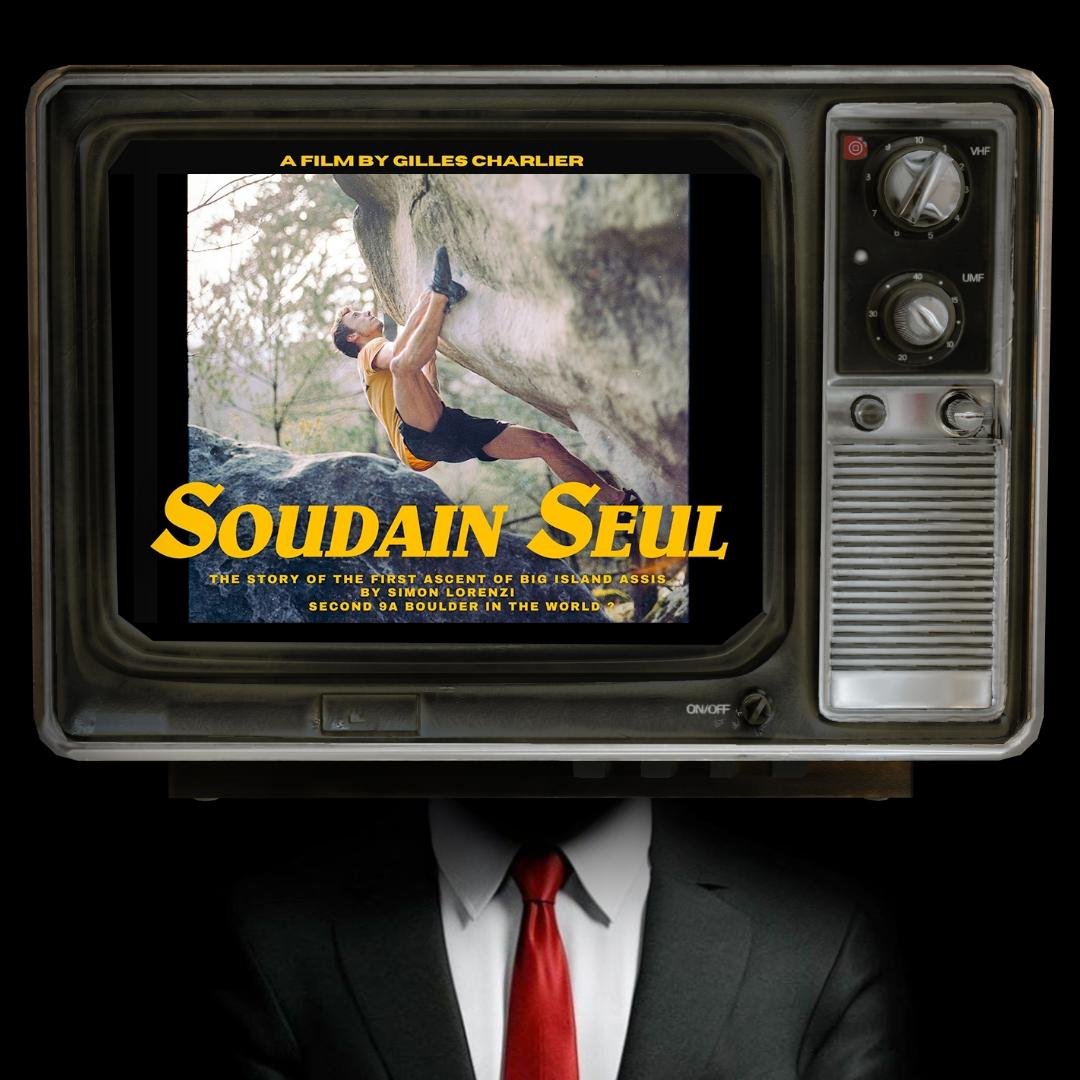


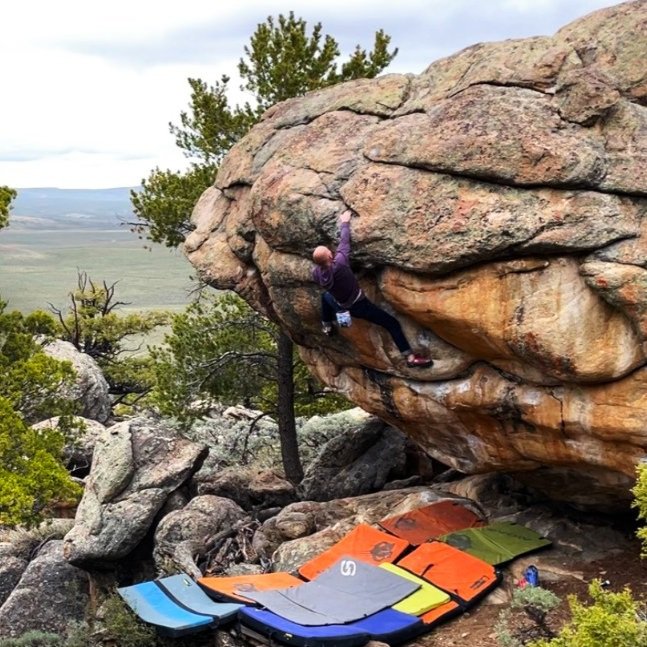



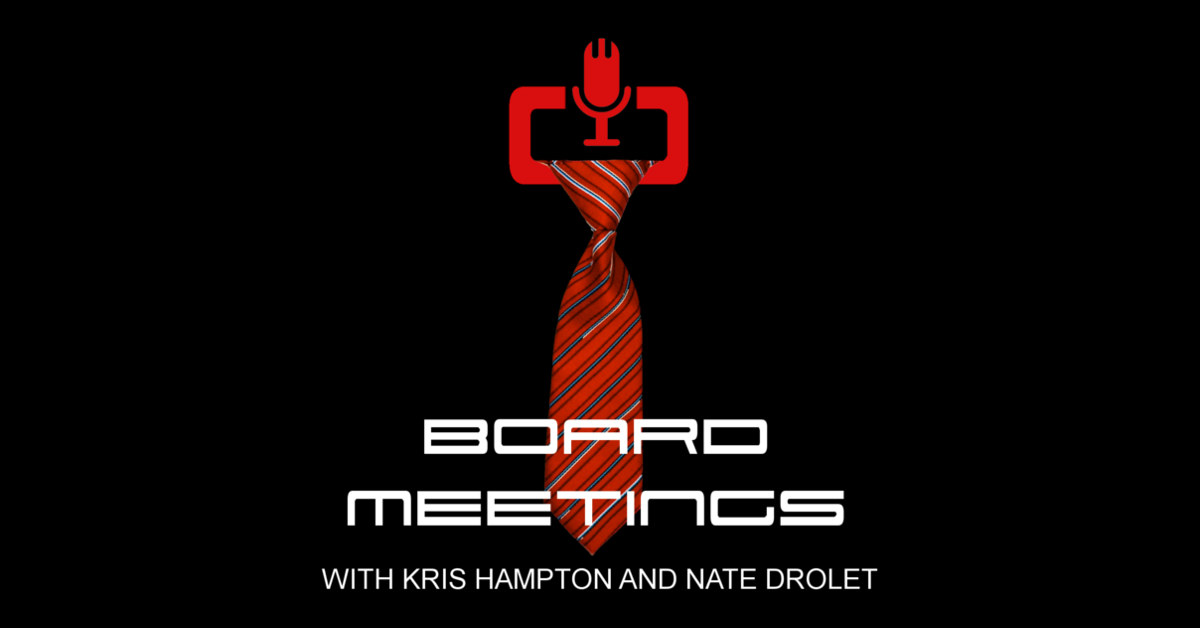





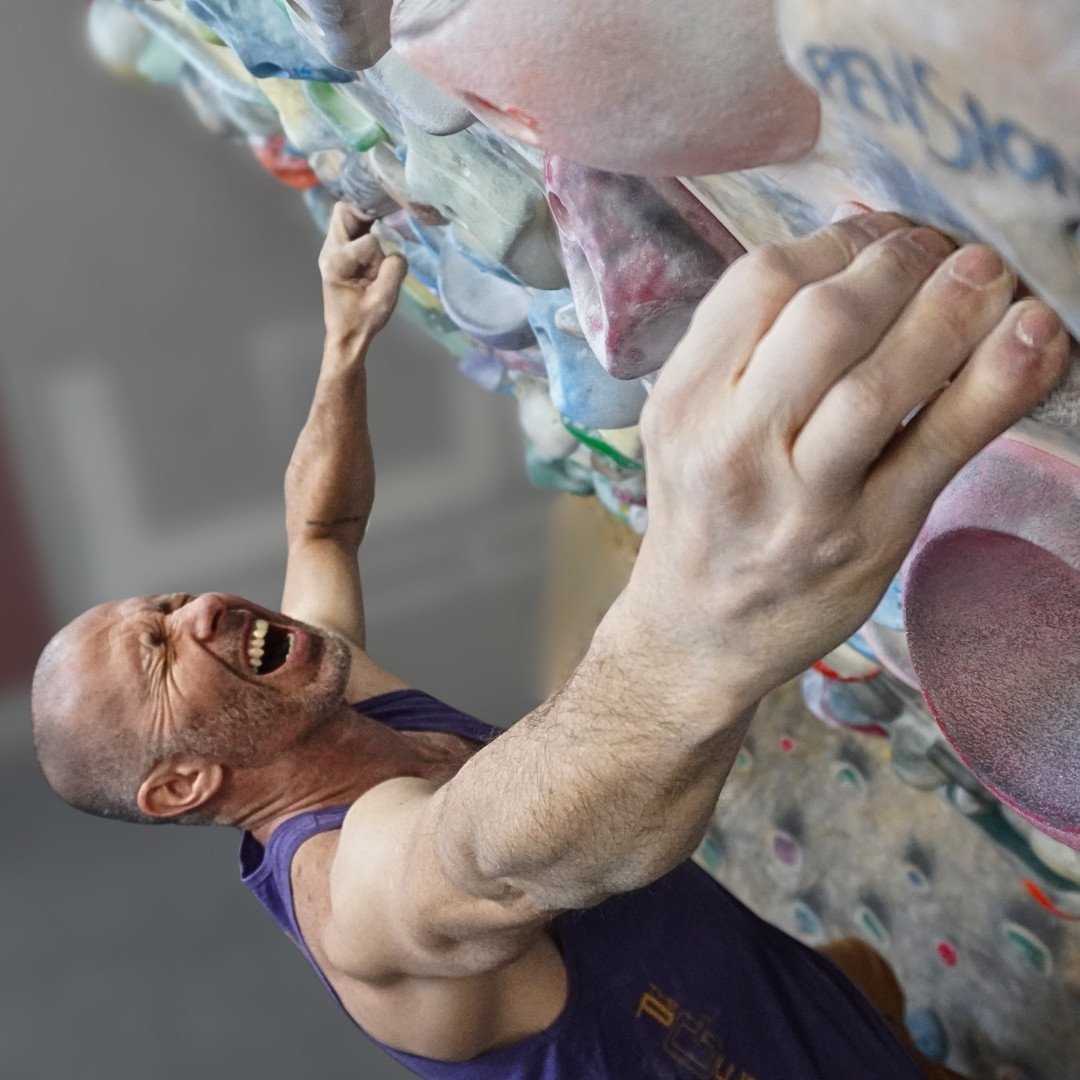



Become a better boulderer by learning to avoid these three common mistakes that many beginners are making.